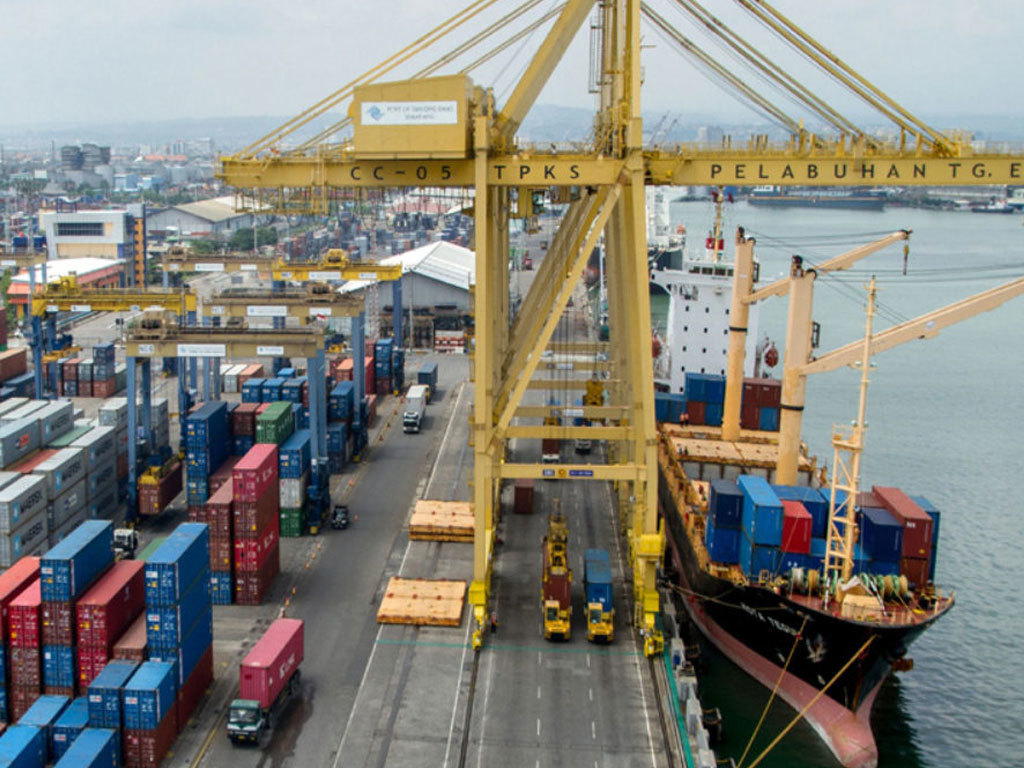The marathon to attract global manufacturers diversifying away from China continues. First, it was the rising costs of doing business in China that prompted producers to rethink their operations; along came the Trump tariffs that forced a rethink in 2018 and 2019 on China’s status as a global manufacturing hub. In 2020, the pandemic has companies doing serious reflection. While Pakistan’s proverbial policymaker sleeps on during this potentially tectonic shift, regional countries have had their antennas up.
To be clear, a mass exodus from China may not happen any time soon. There are significant costs to relocating, for which fresh investment will be hard to come by in these times. In addition, if local suppliers are not up to the mark or labor productivity is low, the incentive of cheap labor is not sufficient. That is why no more than 10 to 15 percent of American and European companies working in China are said to be actively looking at quitting China. Ohers prefer creating resilience through the “China +1” model, whereby instead of completely moving out, some capacity is installed in another regional country.
But a trend of sorts is developing where companies exiting the Chinese orbit are falling in the lap of Southeast Asia. As per a 2019 Nomura study, between April 2018 and August 2019 the US-China tariff war forced 56 firms to shift their production outside China. 26 of those firms went to Vietnam, 11 to Taiwan, 8 to Thailand, 5 to Japan, and 4 to Cambodia. Vietnam made it big in first wave due to its enabling environment, productive and cheaper labor, and existing presence of Chinese suppliers. There are also reports of some US and EU firms working in China moving to Mexico and Morocco, respectively.
Amidst the pandemic that has exposed sourcing vulnerabilities for major countries dependent on Chinese goods and raw materials, there are signs that the trend may be accelerating. While the US is still thinking about paying its companies to leave China, Japan has already put in place that incentive. The EU bloc is also actively looking at ways to reduce trade dependencies with China. This means business opportunities for other countries as not all manufacturing can return to US, EU or Japan.
Some countries are already reaping fruits of their hard work. For instance, couple of weeks ago, Indonesian president reportedly announced that seven companies - including Panasonic, LG, and Denso - were relocating from China to Indonesia. The move would bring in potentially $850 million in new investment and create 30,000 new jobs. Indonesia, which itself has a large local consumer market, is hoping to turn itself into an export hub for home appliances.
The neighboring India, meanwhile, has also upped its game to woo electronics manufacturers. Last month, New Delhi announced $6 billion+ in financial incentives to attract global smartphone and durable goods companies. Key benefits include a 6 percent reward on additional sales of locally manufactured devices for 5 years and a 25 percent rebate on capex for production of high-tech parts such as semiconductors. Besides, plans are afoot to make industrial land fitted with utilities readily available for big companies.
As other regional countries, including Thailand and the Philippines, strive to seek new investments, Pakistan is somehow still not paying attention to the potential redrawing of the global supply chains. Is it due to a lack of will or vision? Is it due to the cherished Sino-Pak friendship, for it won’t look nice courting companies leaving China? Or is it that all bets for industrial revival are placed on Chinese companies investing in CPEC-linked SEZs? The fact is that Pakistan is not even on the radar for manufacturers that are part of global value chains – the list of issues is long, including local infrastructural gaps, bureaucratic “forever” procedures, poor connectivity, complex tax code, poor labor productivity, sketchy contract enforcement, etc. It will require sustained hard work by relevant bodies and championing from top leadership to fix such longstanding issues. Also wanted is a less rentier and more innovative private sector that isn’t afraid to take risks.























Comments
Comments are closed.